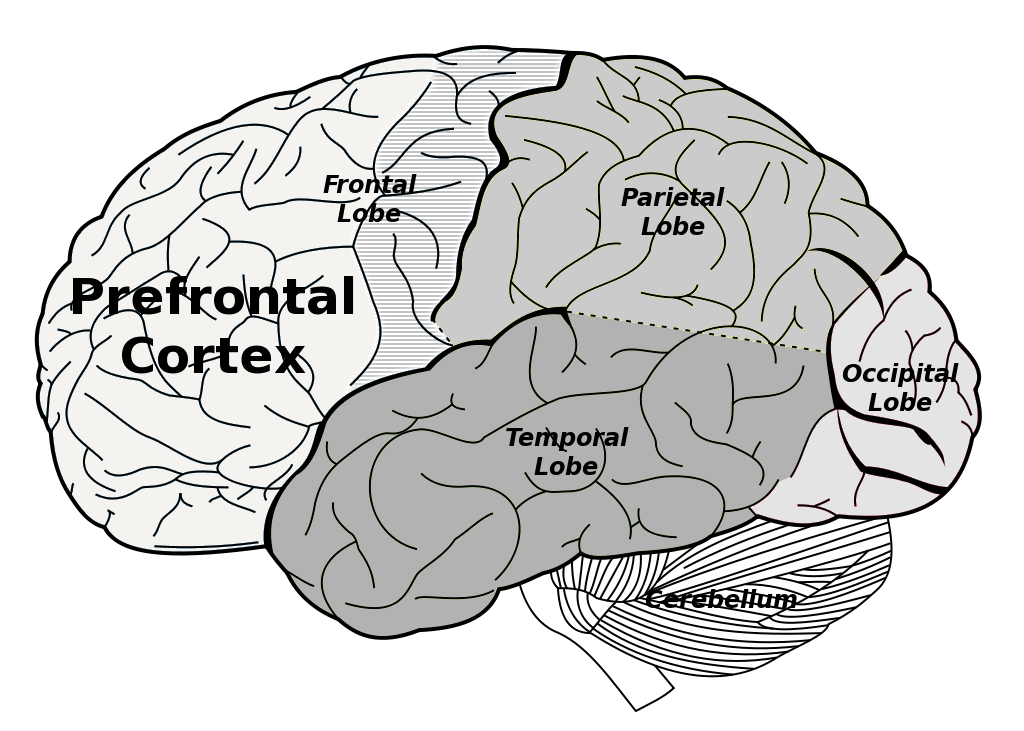A. Different Action Logics
In our work, we meet people characterised by extremely different Action Logic. Some think almost exclusively about themselves and what is most important to them: they destroy motivation, commitment, joy and optimism around themselves. Others can listen, understand and surround their team with a special kind of care: if they can lead others, they become effective leaders in their communities.
We deal with „what and how these people talk” and „what we can read from their emotional expressions”.
B. Whitefox Method
In order to prepare a reliable DC report, we record and analyse statements, carefully (sometimes repeatedly) watching the same video records with facial expressions and using modern systems and technologies. The language and emotional expressions of egocentric people and empathic people are very different (other language forms, other facial expressions). Certainly, the world that we observe does not consist only of black and white characters: there are many shades of grey. There are at least several intermediate levels on the scale from egotism to decentration.
To systematise different Action Logics and communication, we use models of adult human development and neuroscientific discoveries.

